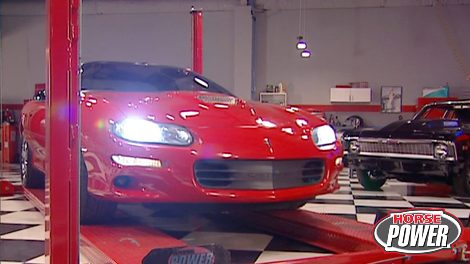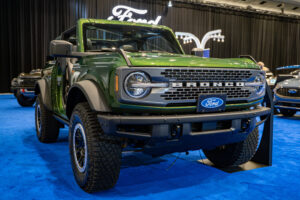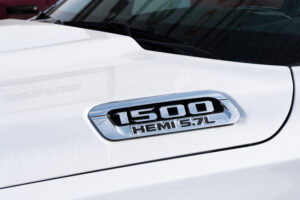
Camaro LS1
New LS Gun project car, a 2000 Camaro with an LSI engine, becomes a deeper breather with an induction upgrade. It includes a new cold air kit, bigger throttle body and high performance exhaust. Also, a special behind-the-scenes look at the making of performance parts at the Edelbrock plant in California.
Season 8
Episode 13






























